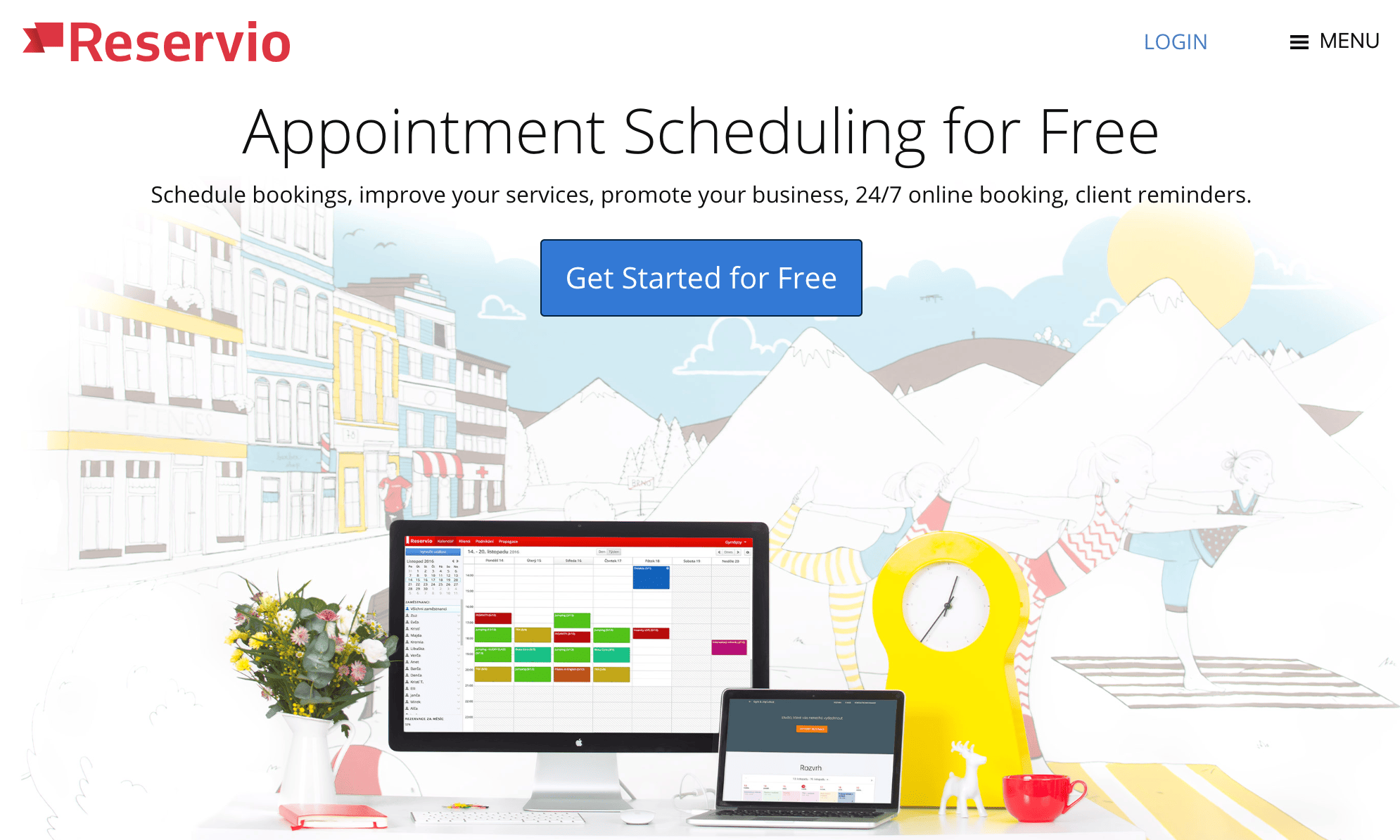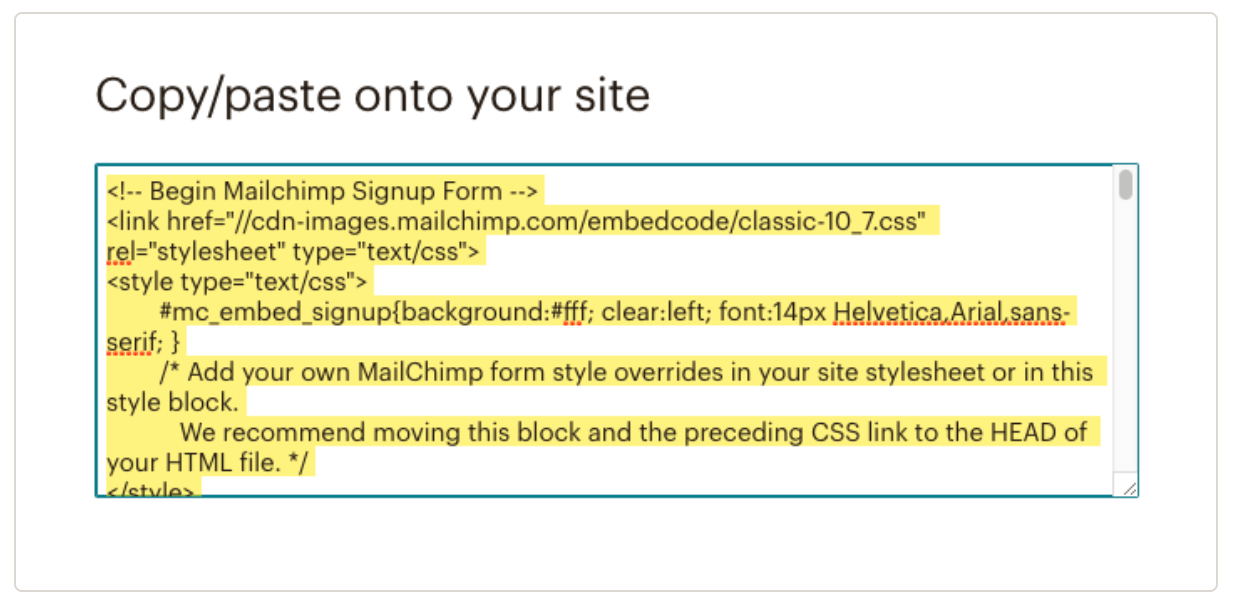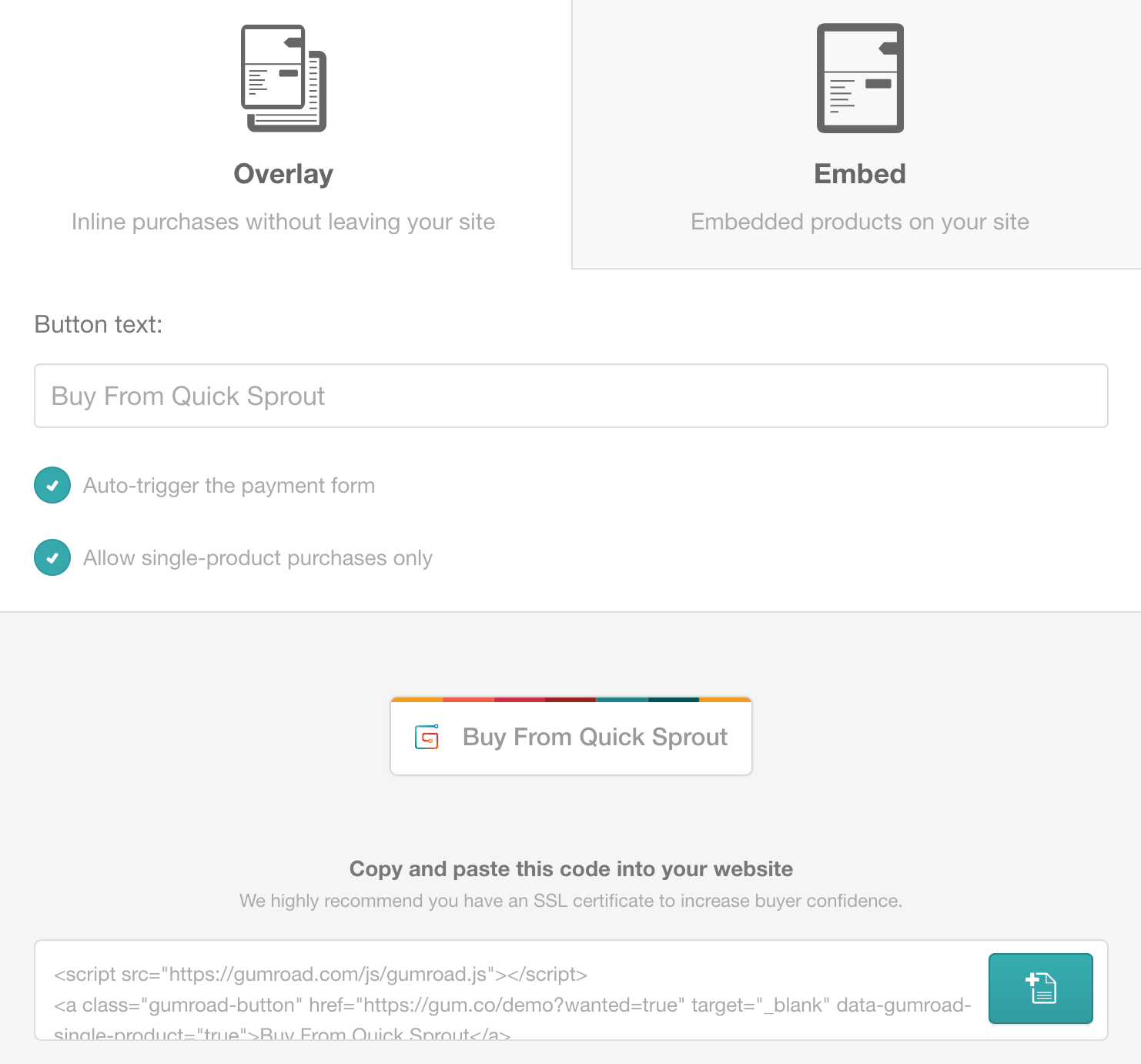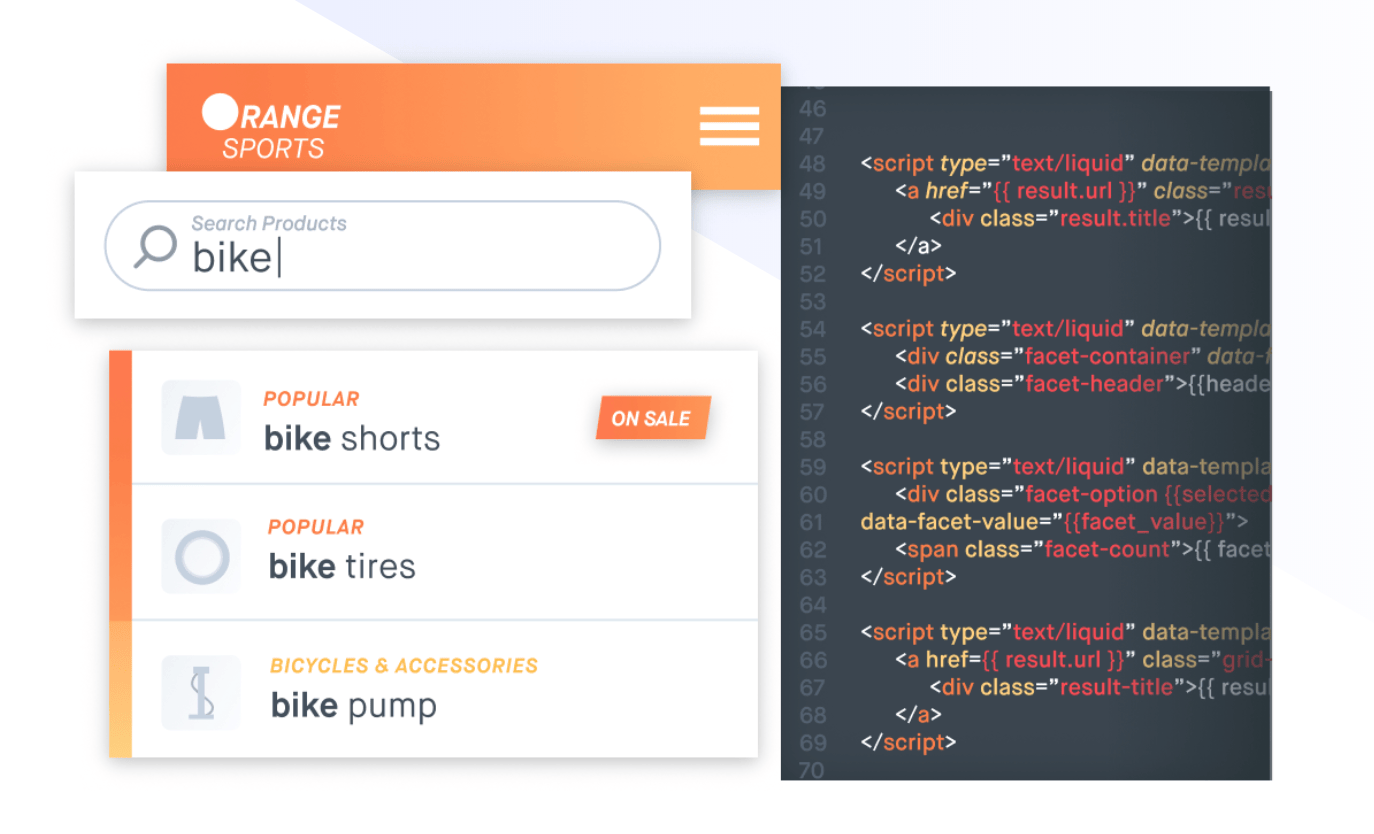What’s inside? Here are the questions answered in today’s reader mailbag, boiled down to summaries of five or fewer words. Click on the number to jump straight down to the question.
1. Early withdrawal from 401(k)?
2. Relationship strain renting to children
3. Reclaiming frugality
4. How target retirement fund works
5. Food spending question
6. Buying rental houses as investments?
7. When to replace a car?
8. 529 and financial aid
9. How to record “triggers”
10. Debt repayment book recommendation
11. Frozen grapes
12. Things never slow down
Although my home is fairly elevated compared to the countryside around it, it’s actually at a bit of a local low point, such that whenever you go on a walk from my house, you have to walk up a 2-3% grade for the first quarter of a mile or so.
When I first moved here, I actually viewed this as a negative. I would start walking at a brisk pace and I’d notice that, particularly on a hot day, I could feel the difference in that incline versus walking on the flat ground that used to be near our apartment. I’d think, “I’ve only walked a quarter mile, I shouldn’t feel a thing,” but I could actually tell there was more impact on me than just walking on flat ground.
Now, I kind of relish it. I know that the last quarter mile of any long walk is going to be slightly downhill to go home, so that often encourages me to push myself to walk even farther.
It’s a silly little thing, but it actually makes a difference. I think if I lived at the top of a hill or in a local high spot, I’d probably go on shorter walks on average.
Just some thoughts on motivating myself that I couldn’t really figure out how to turn into any sort of article. On with the questions.
Q1: Early withdrawal from 401(k)?
Is there any way to get access to 401(k) money in an emergency? Wife needs surgery that we can’t afford because insurance won’t approve. HR says that we can’t borrow from it. Any way we can get that money?
– Doug
You can withdraw money early from your 401(k), but if you do so, not only do you have to pay income tax on that withdrawal, you have to pay an additional 10% penalty.
Let’s say you and your wife with no kids make $60,000 a year. If you withdraw $10,000, you’ll be charged 12% federal income tax on that withdrawal, plus an additional 10% penalty, plus any state income taxes. That $10,000 immediately turns into only $7,800, and that’s if you live in a state without income taxes. If you make more, your income tax rate is even higher and thus you are able to pocket even less. Not only that, you’re down $10,000 in retirement savings, an amount that would definitely grow quite a lot between now and retirement.
What’s my point? 401(k) withdrawals should be the absolute last resort. My recommendation to you would be to find someone you trust and have them go through everything in your finances with you, helping you see if there are any blind spots you’re missing out on, before cleaning out your 401(k).
At the very least, you should be negotiating hard regarding the cost of this procedure. Get ahold of the doctor(s) and hospital where this procedure will be performed and start talking about payments and payment plans now. Make it clear that you’re on limited resources but that you want to make this work. They will work with you – it’s far better for them to work with you than to not work with you because not working with you means that it’s likely they don’t get paid.
Q2: Relationship strain renting to children
My significant other and I are retired. We bought a house in a new location where my oldest son, wife and baby (with another on the way) live. We bought a house much larger than we needed with the understanding that they would pay rent, help us with yard work and some house upkeep. They have been late with rent a couple times and I offered to waive the late fee the first time if they would sit down and take a judgment-free look at their basic finances in an attempt to help them get a handle on their spending. They declined and paid the late fee. I’ve also had to remind them to do the things they promised they’d do before we bought this place. They do them begrudgingly, but only after I remind them. It’s putting a strain on our relationship, but I don’t know how to fix it without doing real damage to our relationship (or jeopardizing getting to see my grandson). I’d appreciate your thoughts.
– Andrea
The issue is clear: you’re trying to simultaneously have a landlord-renter relationship with your child while also having a parent-child-grandchild familial relationship. The thing is, virtually no one has warm feelings for their landlord. No one feels great about writing a check to someone; it’s just something that has to be done.
In your situation, there is often some sense that the strength of the familial relationship can “make up” for less-than-stellar behavior in the landlord-renter relationship. If you’re renting from mom and dad, is it really a big deal if we’re late with the rent? They know what’s going on. Of course, if the parents are looking at this from more of a landlord perspective, which you are, then it’s not good.
So, what’s the solution? The best solution is to avoid such financial relationships with family members, especially ones you want to maintain a great relationship with. My advice would be to figure out a way to end the landlord-renter situation, because I think there’s a good likelihood, given these earlier signs, that it’s going to blow up and seriously strain the parent-child relationship.
How should you go about doing that? There are a lot of options here, but they’re ones you should discuss with your partner before making a move. One clear option is to sell the house and have each of you move to something that works well individually, so that you’re no longer the landlord. Another option would be to just end the landlord-renter arrangement and have them live there without rent for a certain period. Maybe you simply say, “You’re no longer renters, but we’re going to sell the house in X months and move to something smaller,” giving them time to get their situation in order and find a new place to live.
I don’t think there’s a good way to make a simultaneous landlord-renter arrangement and a parent-child arrangement work over the long term unless everyone is incredibly responsible and are the perfect renters and the perfect landlords. Financial relationships strain personal relationships.
Q3: Reclaiming frugality
When I was in college and during the first few years of my career I was super frugal and careful with my money but then I got my student loans paid off and got a better paying job and it feels like money leaks left and right on all kinds of small and big things. I don’t think twice about buying the expensive versions of food at the store or grabbing a Starbucks coffee when I go to Target. But when I step back and look at the bigger picture, I see how much financial opportunity is vanishing, and for what? How can I reclaim that frugality I used to have?
– Amy
Many people are nudged to frugality through scarcity. In other words, when there’s not much money in their bank account, it becomes a lot more imperative to be careful with every dollar.
One strategy you might want to consider is to simply dump your credit cards and start using only your debit card for purchases, then move to paying yourself first by moving money out of your checking account and into other accounts, like a Roth IRA or an investment account. This will leave a much smaller pool in your checking account and, since you’re relying on just your debit card and thus the money actually in your checking account, you’re forced to be more careful.
Personally, I find it really powerful to look through credit card statements when I receive them. Unnecessary purchases that didn’t bring me any lasting joy hit me like a punch in the gut and they help build my resolve to avoid them. I’ve somewhat built up a sense that, if a purchase isn’t going to be remembered fondly a few days from now (at least), then it’s not worth throwing the money at it unless it’s a genuine need.
Q4: How target retirement fund works
Can you explain how a target retirement fund works? The investment guy at work tried to explain it to me, but I got lost. Tried to Google it and a lot of the stuff I found might as well have been written in Greek.
– Mary
When you put money into your retirement account (401(k) or 403(b) or Roth IRA or whatever account you have), you have choices as to what to invest it in. Stocks, bonds, real estate, money markets – there are a lot of options.
Each of those options has a certain balance of risk and reward. Some of them have more risk of losing money in the short term but can also potentially grow very fast in a year or two. Other investments rarely lose money, but only grow at a slow rate.
When you’re far away from retirement, it’s a good idea to have more of the risky investments because you really don’t care about the losses in the short term. You’re not taking that money out any time soon! So you’ll probably have more money in something with more risk, like stocks, and less money in something with little risk, like money markets.
When you get close to retirement, that shifts. You don’t want as many of those risky investments. You still want some, to be sure – retirement is a long time – but you’re also going to start taking money out of the account soon. So, at that point, you want more balance.
For example, my approach is that the money I’m going to take out in the next ten years should be in something less risky and the money that I intend to last longer than that should be in something more risky.
So, when I hit ten years from retirement, some of my retirement money is going to start sliding into something less aggressive. I’ll move a little of my money from stocks and real estate (more risky) into bonds and money markets (less risky), and most of my contributions at that point will go into bonds and money markets.
When I retire, I’ll basically keep things that way – the money I expect to withdraw in the next ten years will be in something low risk, and the rest will be in something with more risk.
A “target retirement fund” does essentially this exact thing automatically. It assumes you’re retiring in the year in the name of the fund – like “Target Retirement 2045” assumes you’re retiring in the year 2045. Within the fund, when you’re far from that year, it’s invested pretty aggressively, with lots of stocks and real estate. When you get close to that year, it gradually shifts the investments into less risky things, so you don’t lose a lot of money when you’re close to retirement or actually in retirement.
Different specific “target retirement” funds do this whole thing a little differently in terms of the specifics, but they all follow that same general philosophy.
Hope that helps!
Q5: Food spending question
How much should a single person be spending on food each month? I have been watching my food spending and I am spending about $450 a month. I eat out about 2x or 3x a week and include that cost in the number. Is this a good number? I don’t know how to tell.
– Emily
The best data I have on this is the USDA Food Plan Cost of Food reports that the USDA publishes each month. In the most recent report, it estimates that a single adult female between the ages of 19 and 50 should be spending between $166.40 (thrifty plan) and $330.40 (liberal plan) on food each month. So, by that standard, your spending is pretty high.
By my back of the envelope math, that food spending adds up to about $5 on average per meal, which seems quite high to me. While I definitely spend that much when eating out, most of our family meals at home are in the $1 to $2 range.
So, I think that your food spending is on the high side. Without knowing more about your food spending, it’s hard for me to figure out how to cut it down. In general, planning your meals in advance based on the grocery store flyer and then making a grocery list based on that meal plan is a really helpful strategy for us in terms of keeping our food costs down.
Q6: Buying rental houses as investments?
My uncle owns about a dozen rental houses in the town where I grew up. He has a part time handyman that he hires to keep them fixed up. He has the money from this go into a savings account at the bank and he uses the money to pay mortgages and insurance and then save for more houses and eventually an apartment building. He says this is his retirement. Does this actually work?
– Derek
It can, but there are a lot of risks involved. For this to work, he has to have a lot of reliable renters who aren’t doing any real damage to the properties outside of normal wear and tear and his “property manager” is probably coming pretty cheap, too.
If he’s not keeping those houses filled with people who consistently pay rent and don’t damage the properties, he’s probably going to find himself with monthly shortfalls.
This kind of thing is a balancing act that he has to pay attention to for it to continue to earn money. If he raises the rent too much, he won’t have renters who can pay. If he lowers it too much, he won’t have enough revenue even if the houses are all full.
I guess my point is that buying rental properties, renting them out, and building on that by buying more rental properties can work as a business albeit with some risk, but I don’t really see it as a retirement plan, which is much more passive. A rental property business requires a lot of time and sweat equity.
Q7: When to replace a car?
My 2012 Corolla has 220K miles on it and runs well. However last oil change the shop I take it to for work said that there was brake work probably coming up on it. It also sometimes makes an odd noise when starting it which probably means the starter is starting to fail. Is it time to replace it? How do you know when it’s time?
– Anne
The moment I start to feel like a vehicle isn’t fully reliable, I take it to my trusted mechanic and have him look over the things that are giving me a worry when he has a few free minutes. If he indicates that things are still good, I trust him and keep driving; if he indicates that there are some things that need fixing, I trade it in.
That gut feeling doesn’t come from just one repair or one failed battery. It usually comes when the car has more than 150K miles on it (at least) and is showing multiple little issues and giving me an overall sense that it’s not in good shape. It’s more of a gut feeling than anything.
The key piece in this equation is a mechanic that you trust or a shop that you trust. It sounds like you have one. Then, if you’re not feeling confident in your car anymore, and it sounds like you might not be, take it in there and ask them to look over all of the little things that are worrying you. If they tell you it’s fine, then keep driving it; if they point to several needed repairs, move on. It’s that easy.
Q8: 529 and financial aid
Does the money in a 529 plan adversely affect financial aid that a student receives? I am getting conflicting answers as I research this.
– Marine
The short answer is yes, but the impact is less than the value of the 529. If you have $X in your 529, then the impact on your student aid is going to be substantially less than $X.
This makes sense, in a way. Financial aid programs don’t want to give financial aid to students who can already cover much of their college education with money from their 529. At the same time, they don’t want to strictly penalize students for 529 savings.
The way it effectively ends up working is that students often end up having to use a lot of their 529 money for the first year, then when they apply for financial aid the second year, their 529 balance is much lower and the impact on financial aid is much less, so they don’t need nearly as much 529 money the second year, and so on.
Q9: How to record “triggers”
Came across your great review of Triggers while searching online for info about the book. Wondering if you could share how you actually track your trigger scores. Do you just use a spreadsheet?
– Manny
Personally, I found it more valuable to actually write them down physically rather than record them in a spreadsheet.
What I’ve been doing is making a new table every month in a grid-paper notebook. I make a list of the triggers I’m tracking on the left side, describing each in just a few words, then I make columns to the right of the triggers, 28-31 of them depending on the days in the month.
Below this table, I usually write a longer description of each trigger, written out in question form. “Did I do my best to control my hobby spending?” “Did I do my best to improve my fitness for taekwondo?” Things like that. In the actual table, I usually use a much shorter description – “hobby spending” and “taekwondo fitness.”
When I actually score myself at the end of the day, I look at the full question and write it in the space above.
At the end of the month, I manually average the scores and look for patterns. Again, I find that doing this with pen and paper is more meaningful and powerful and helps me to see things and think about things that I might not have otherwise noticed.
Q10: Debt repayment book recommendation
Looking for a good book on helping get out of debt. Do NOT want Dave Ramsey and his preaching!
– David
Dave Ramsey’s style is definitely a polarizing one. He has a pretty strong coaching style and often uses Christian themes. For some, that’s a huge help; for others, it’s a giant turnoff. Here are a few good books on debt payoff not authored by Dave Ramsey that are pretty solid.
How to Be Debt Free by Avery Breyer is a very solid book on debt repayment strategies that offers a plan that’s pretty similar to Dave Ramsey’s “baby steps” (honestly, most debt repayment strategies look more or less the same in the end) but without the aggressive Christian coaching style.
Zero Debt: The Ultimate Guide To Financial Freedom by Lynnette Khalfani-Cox is another solid book on the same topic. She uses a somewhat similar coaching style to Ramsey but somewhat less aggressive and without the strong Christian overtones, so if you like to be nudged fairly hard without the religious theming, this is probably a good choice.
I almost always recommend Your Money or Your Life by Joe Dominguez and Vicki Robin because it was the book that really launched our debt payoff and financial turnaround. It’s not strictly about debt repayment (though that’s a part of it); it’s more about reorienting your life so that debt elimination and further financial success are inevitable.
Q11: Frozen grapes
Tip if you find grapes on sale at the store: they freeze really really well like tomatoes. Just rinse them and spread them out on a baking sheet and pop them in the freezer. 2 hours later, you can put them in a bag. They thaw really well and are actually kind of fun to eat frozen.
– Karen
We do this! This is a great way to use a surplus of grapes. They make for great bite-sized “popsicles” on a hot summer day.
My favorite trick is to use them as “ice cubes” in drinks. Instead of tossing several ice cubes into a drink you want to keep cold, instead use several frozen grapes as the “ice cubes.” They’ll keep the drink cold, won’t water down the drink, absorb a bit of the drink’s flavor as they thaw, and provide a nice little snack when the drink is finished.
I also like grabbing a few out of the freezer after doing something outside on a really hot day. It’s a great “cool down” to let the icy grapes thaw slowly in your mouth and then chew them up when they’re partially thawed.
Q12: Things never slow down
I have this big list of frugal projects I want to do but I keep telling myself I will do them when things slow down a bit but then things never slow down. It feels like I’m always riding this giant wave of more important things to do than doing personal cost cutting.
– Jenny
As far as I can tell, this is called “modern life.” Our lives are filled with more distractions and responsibilities than we realize, and they slowly fill up all available time so that it feels like there’s never any time for what we want to do. People have jobs that constantly demand their attention, smartphones that constantly demand their attention, and on and on and on…
The only solution I’ve found to this problem is to just eliminate things from your life that don’t bring you value, even if it seems like you’re “supposed” to have it in modern life. If things feel “important” to you and you don’t feel like you have the time for it in your life, something has to give or else you’re going to find yourself becoming more and more dissatisfied with your life.
So, what is it? What needs to give? For me, I largely gave up video games and computer games unless I’m playing them socially. The same is true with television; I basically don’t watch it unless it’s a social exercise, either. Why? I realized I got little value out of doing those things alone; the solo activities I get value out of include cooking and reading and writing.
This is a big reason why I write about time management sometimes on The Simple Dollar. With so many time demands on us, it’s easy to feel like we should be doing financially responsible things but we just don’t have the time. Usually, the core issue is misuse of time. We use our time on things that aren’t really important to us but feel urgent and then don’t have time for the things that we realize really are important to us when we step back and look at the bigger picture.
Got any questions? The best way to ask is to follow me on Facebook and ask questions directly there. I’ll attempt to answer them in a future mailbag (which, by way of full disclosure, may also get re-posted on other websites that pick up my blog). However, I do receive many, many questions per week, so I may not necessarily be able to answer yours.
The post Questions About Car Repairs, 401(k) Early Withdrawals, Frozen Grapes, and More! appeared first on The Simple Dollar.

Source The Simple Dollar https://ift.tt/2JIbW6y










